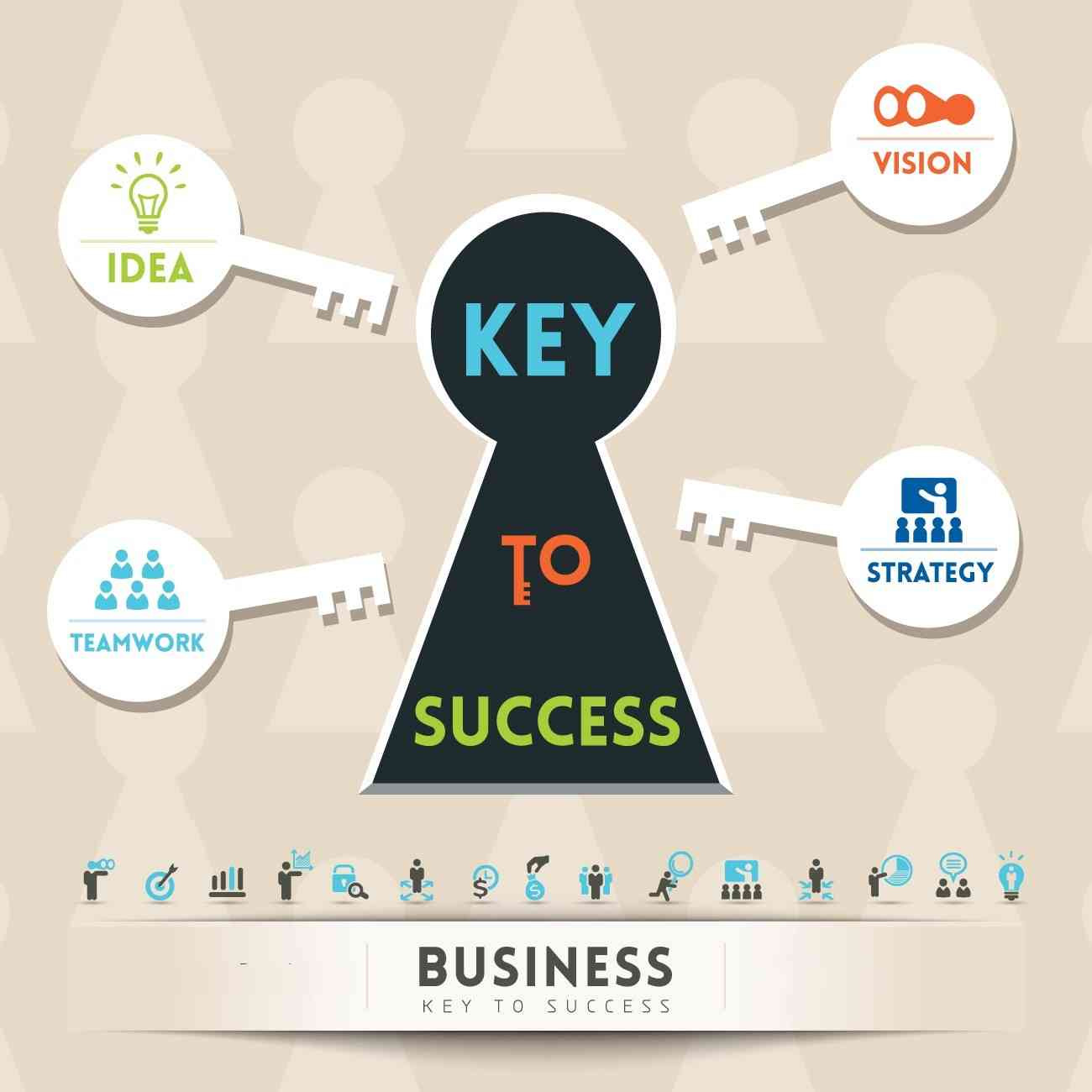Business software is no longer a luxury; it has become a must-have in the era of technology. Whether managing customer relationships, tracking inventory, or streamlining business operations, the software you use can significantly impact your efficiency and profitability. But with so many options, it can sometimes feel overwhelming to find the right fit. This guide streamlines that, walking you through the software landscape and helping you make the right choice.
- Identify Your Specific Needs:
Before all that, take a step back and evaluate what is unique to your company. What are your pain points? Notion is a versatile tool that can be customized to manage a variety of workflows. It's essential to be transparent about what you need. For instance, a retail business would prioritize point-of-sale (POS) and inventory management software. In contrast, a service-based company would focus on its customer relationship management (CRM) and project management tools.
2. Define Your Budget:
The software can cost anywhere from no-cost basic versions to expensive, enterprise-class software. Set a realistic budget to help you eliminate choices. Factors include the initial purchase or subscription cost, ongoing maintenance, training, and potential upgrades. Then, consider the return on investment (ROI) possibilities. The question is whether the software will save you time and money.
3. Consider Scalability and Integration:
Your business is likely to grow and evolve. Choose software that can scale with your needs. Will it accommodate increasing data volumes and user numbers? Furthermore, consider integration capabilities. Can the software seamlessly integrate with your existing systems? Compatibility is crucial for smooth workflows and data sharing.
4. Research and Compare:
Once you clearly understand your needs and budget, it's time to research and compare available options. Look for reputable vendors and read online reviews from other users. Pay attention to features, pricing, customer support, and ease of use. Utilize free trials or demos whenever possible to get a firsthand experience of the software's functionality.
5. Prioritize User-Friendliness:
Even the most powerful software is useless if your team can't use it effectively. Choose software with an intuitive interface and comprehensive training resources. Consider the technical proficiency of your employees and opt for a solution that requires a minimal learning curve. Good customer support is also essential for resolving any issues that may arise.
6. Security and Data Protection:
In today's digital landscape, data security is paramount. Ensure the software vendor has robust security measures to protect your sensitive information. Look for certifications like ISO 27001 and inquire about data encryption and backup procedures. Compliance with relevant regulations, such as GDPR or HIPAA, is also crucial, depending on your industry.
7. Consider Cloud-Based vs. On-Premise Solutions:
Cloud-based software, or Software-as-a-Service (SaaS), offers flexibility, accessibility, and automatic updates. On-premise solutions, on the other hand, provide greater control over data and customization. Weigh the pros and cons of each option based on your specific needs and resources.
8. Don't Rush the Decision:
Choosing the right business software is a significant investment. Take your time, conduct thorough research, and involve your team in decision-making. Don't hesitate to ask vendors questions and seek expert advice. A well-informed decision will ultimately improve efficiency, productivity, and business success.
Wrapping up
Following these steps, you can confidently navigate the software landscape and select the perfect solution to propel your company forward. Remember, the right software is an investment in your business's future.
-black.png)










